Professor Boyd discusses a critical, stress-causing variable that can kill or cause poor appetite, slow growth and greater susceptibility to disease
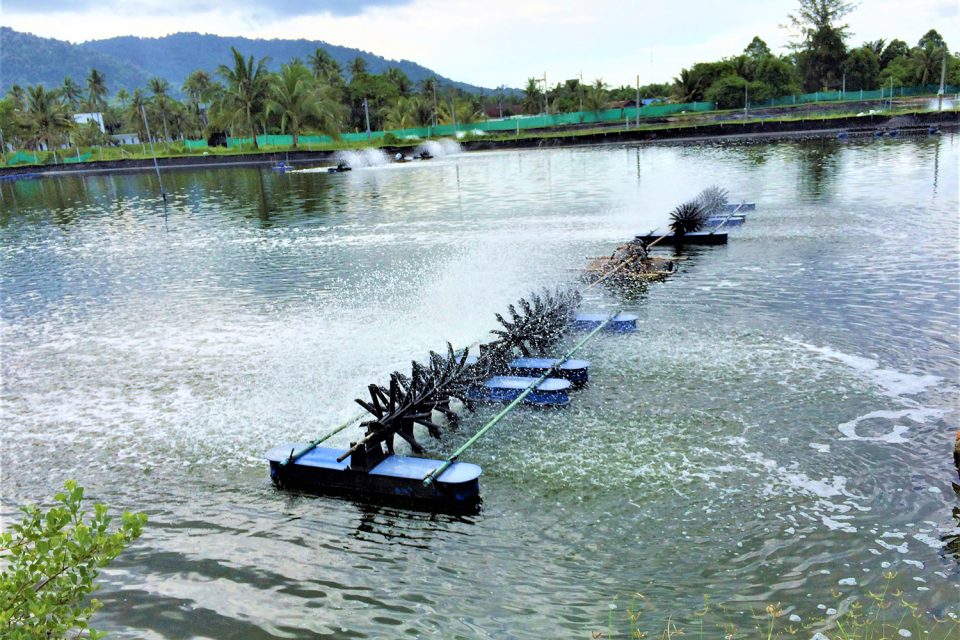
It is well known among aquaculturists that the availability of natural food organisms limits the production of shrimp and most fish species in ponds to around 500 kg per hectare per crop (kg/ha/crop). In semi-intensive culture with manufactured feeds and daily water exchange but no aeration, production usually can reach 1,500–2,000 kg/ha/crop, but at greater yield, the amount of feed necessary causes a high risk of low DO concentration. Thus, dissolved oxygen (DO) is a critical variable in yield intensification of pond aquaculture.
Mechanical aeration can be applied to increase the amount of feed input possible and allow greater yield. Each horsepower per hectare of aeration will allow around 10–12 kg/ha of feed daily for most culture species. Production of 10,000–12,000 kg/ha/crop is not unusual with high rates of aeration. Even greater yields can be achieved in plastic-lined ponds and tanks with high rates of aeration.
One rarely hears of suffocation or oxygen-related stress in the production of chickens, pigs and cattle reared at high density, but these phenomena are quite common in aquaculture. The reasons dissolved oxygen is so important in aquaculture will be explained.
Air near the earth’s surface contains 20.95 percent oxygen, 78.08 percent nitrogen, and small percentages of carbon dioxide and other gases. The amount of molecular oxygen necessary to saturate freshwater at standard atmospheric pressure (760 milliliters of mercury) and 30 degrees-C is 7.54 mg per liter (mg/L). Of course, in the daytime when photosynthesis is proceeding, the water in a pond usually is supersaturated with DO (the concentration may be 10 mg/L or more in surface water), because the production of oxygen by photosynthesis is greater than the loss of oxygen by respiration and diffusion to the air. At night when photosynthesis stops, the dissolved oxygen concentration will diminish – sometimes less than 3 mg/L is often considered the minimum acceptable concentration for most farmed aquatic species.
Land animals breathe in air to obtain molecular oxygen, which is absorbed via the alveoli in their lungs. Fish and shrimp must pump water across their gills to absorb molecular oxygen through their gill lamellae. The effort of breathing or pumping water through gills requires energy in proportion to the weight of air or water involved.
The weights of air and water that must be breathed or pumped to expose respiratory surfaces to 1.0 mg of molecular oxygen will be computed. Because air is 20.95 percent oxygen, roughly 4.8 mg of air will contain 1.0 mg oxygen.
In a shrimp pond with water containing 30 ppt salinity at 30 degrees-C (water density = 1.0180 g/L) the dissolved oxygen concentration at saturation with the atmosphere is 6.39 mg/L. A volume of 0.156 L of water would contain 1.0 mg of oxygen, and it would weigh 159 grams (159,000 mg). This is 33,125 times greater than the weight of air containing 1.0 mg oxygen.
A freshwater pond at 30 degrees-C (water density = 0.99565 g/L) would contain 7.54 mg/L. Thus, 1.0 mg oxygen would be contained in 0.133 L or 132,000 mg (which is a 27,000-fold greater weight of water than of air for 1.0 mg oxygen).
More energy spent by aquatic animals
A shrimp or fish must spend considerably more energy to obtain the same amount of oxygen than does a land animal. The problem becomes even greater when the dissolved oxygen concentration in water declines because more water must be pumped across the gills to expose them to 1.0 mg oxygen.
When land animals remove oxygen from the air, the oxygen is restored easily, because the air circulates freely because it is much less dense than water, e.g., the density of air at 25 degrees-C is 1.18 g/L as compared to 995.65 g/L for fresh water at the same temperature. In an aquaculture system, dissolved oxygen removed by fish or shrimp must be replaced by diffusion of atmospheric oxygen into the water, and circulation of the water is necessary to move the dissolved oxygen from the water surface into the water column for fish or to the bottom for shrimp. The water is heavier than air and circulates more slowly than air, even when circulation is aided by mechanical means such as aerators.
Water holds a much smaller amount of oxygen compared to air – at saturation and 30 degrees-C, freshwater is 0.000754 percent oxygen (air is 20.95 percent oxygen). Although molecular oxygen can quickly enter the surface layer of a water mass, movement of the dissolved oxygen through the entire mass depends on the rate that oxygen saturated water at the surface is mixed into the water mass by convection. A large fish or shrimp biomass in a pond can deplete the dissolved oxygen quickly.
Supplying oxygen is difficult
The difficulty of supplying fish or shrimp with oxygen can be illustrated as follows. Government standards allow around 4.7 humans per square meter at outdoor events. Suppose that each person weighs the global average of 62 kg, then there would be 2,914,000 kg/ha of human biomass. Fish and shrimp typically have an oxygen requirement for respiration around 300 mg oxygen/kg body weight per hour. This weight of fish biomass could deplete the dissolved oxygen in a 10,000-cubic-meter freshwater pond initially saturated with oxygen at 30 degrees-C in about 5 minutes, and the culture animals would suffocate. Forty-seven thousand people per hectare at an outdoor event would not be experiencing any difficulty in breathing after several hours.
Dissolved oxygen is a critical variable because it can kill aquaculture animals directly, but chronically, low dissolved oxygen concentration stresses aquatic animals leading to poor appetite, slow growth and greater susceptibility to disease.
Balancing animal density and feed inputs
Low dissolved oxygen also is associated with the occurrence of potentially toxic metabolites in the water. These toxins include carbon dioxide, ammonia, nitrite and sulfide. As a general rule, in ponds where the basic water quality characteristics of the water source are suitable for fish and shrimp culture, water quality problems will be unusual as long as adequate dissolved oxygen concentration is assured. This requires balancing stocking and feeding rates with dissolved oxygen availability via natural sources or as supplemented with aeration in the culture system.
In green water culture in ponds, the dissolved oxygen concentration is most critical at night. But in the new, more intensive types of culture, the demand for dissolved oxygen is great and dissolved oxygen concentration must be continuously maintained by mechanical aeration.
Now that you've reached the end of the article ...
… please consider supporting GSA’s mission to advance responsible seafood practices through education, advocacy and third-party assurances. The Advocate aims to document the evolution of responsible seafood practices and share the expansive knowledge of our vast network of contributors.
By becoming a Global Seafood Alliance member, you’re ensuring that all of the pre-competitive work we do through member benefits, resources and events can continue. Individual membership costs just $50 a year.
Not a GSA member? Join us.
Author
-

Claude E. Boyd, Ph.D.
Corresponding author and Professor Emeritus
School of Fisheries, Aquaculture and Aquatic Sciences
Auburn University, Auburn, AL 36849 USA[117,100,101,46,110,114,117,98,117,97,64,49,101,99,100,121,111,98]
Tagged With
Related Posts
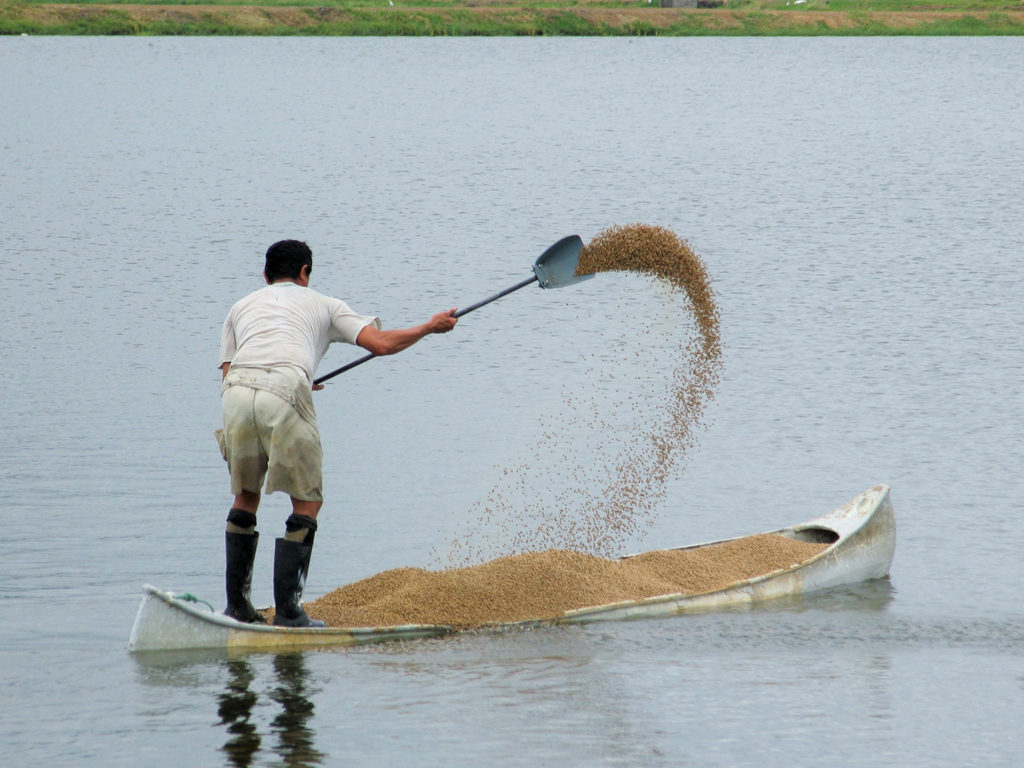
Responsibility
Ammonia nitrogen dynamics in aquaculture
The major sources of ammonia in aquaculture ponds are fertilizers and feeds, and problems with high ammonia are most common in feed-based aquaculture.
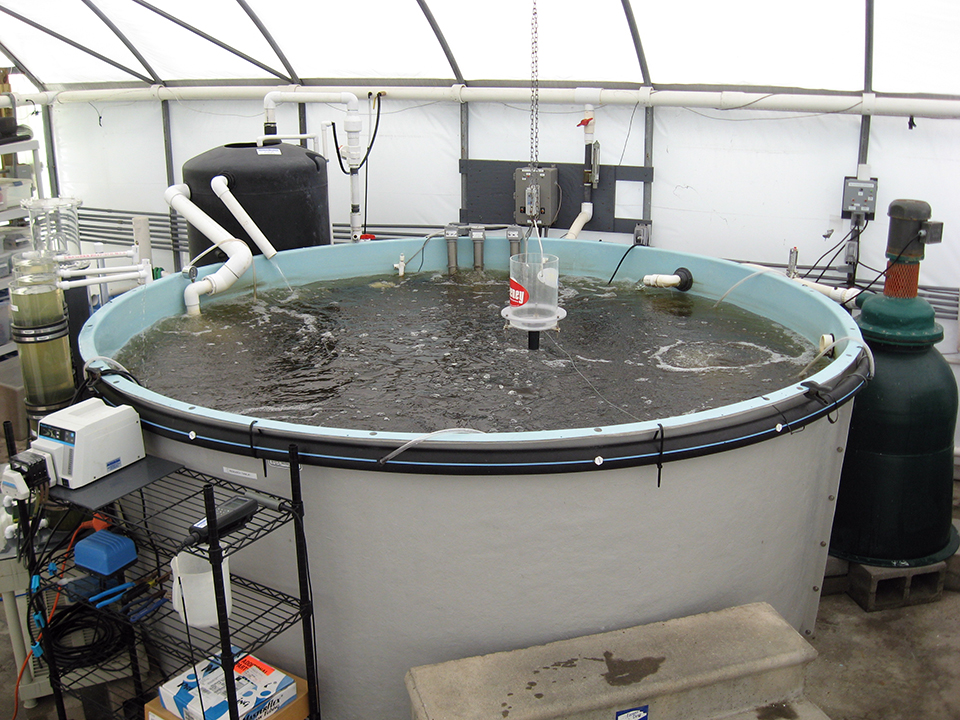
Responsibility
Biofilter start-up problems? Just add sugar!
One way to jump start biofilter operation is by adding sugar, which can provide sufficient organic carbon to neutralize the ammonia-nitrogen produced.
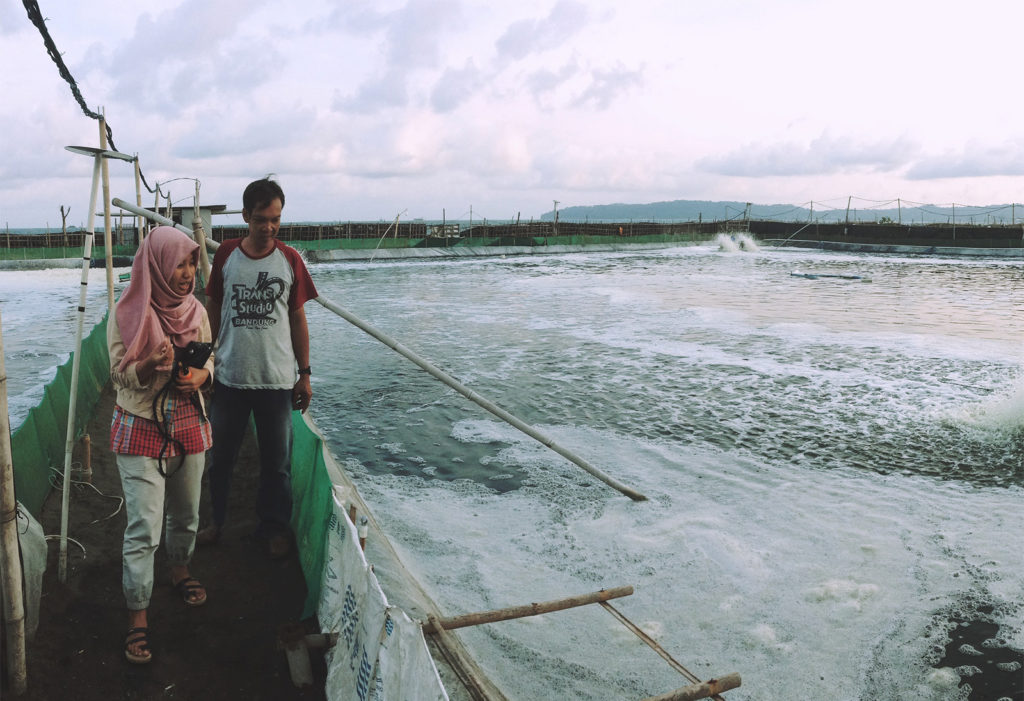
Innovation & Investment
Aqua Insights excerpt: Smart water quality sensors for aquaculture
An excerpt from the April 2022 issue of Aqua Insights looks into the possibilities that Smart water quality sensors provide aquaculture.
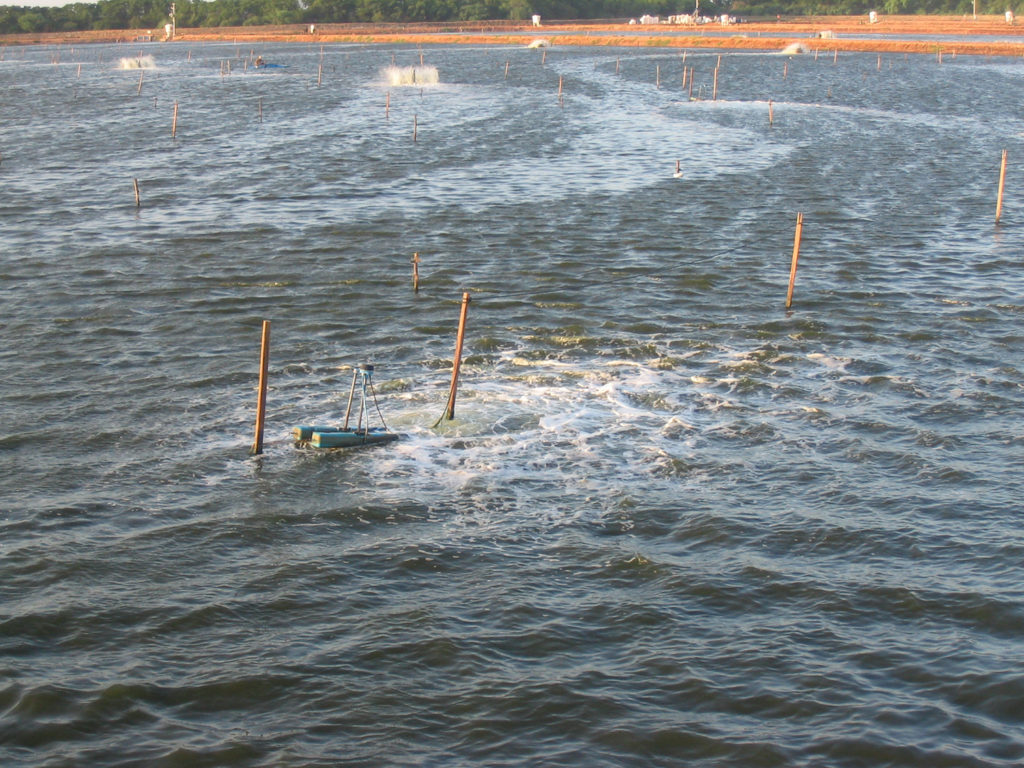
Health & Welfare
Dissolved oxygen dynamics
Dissolved oxygen management is the most important requirement of aquaculture pond water quality. DO concentration below 3 mg/L is stressful to shrimp.


